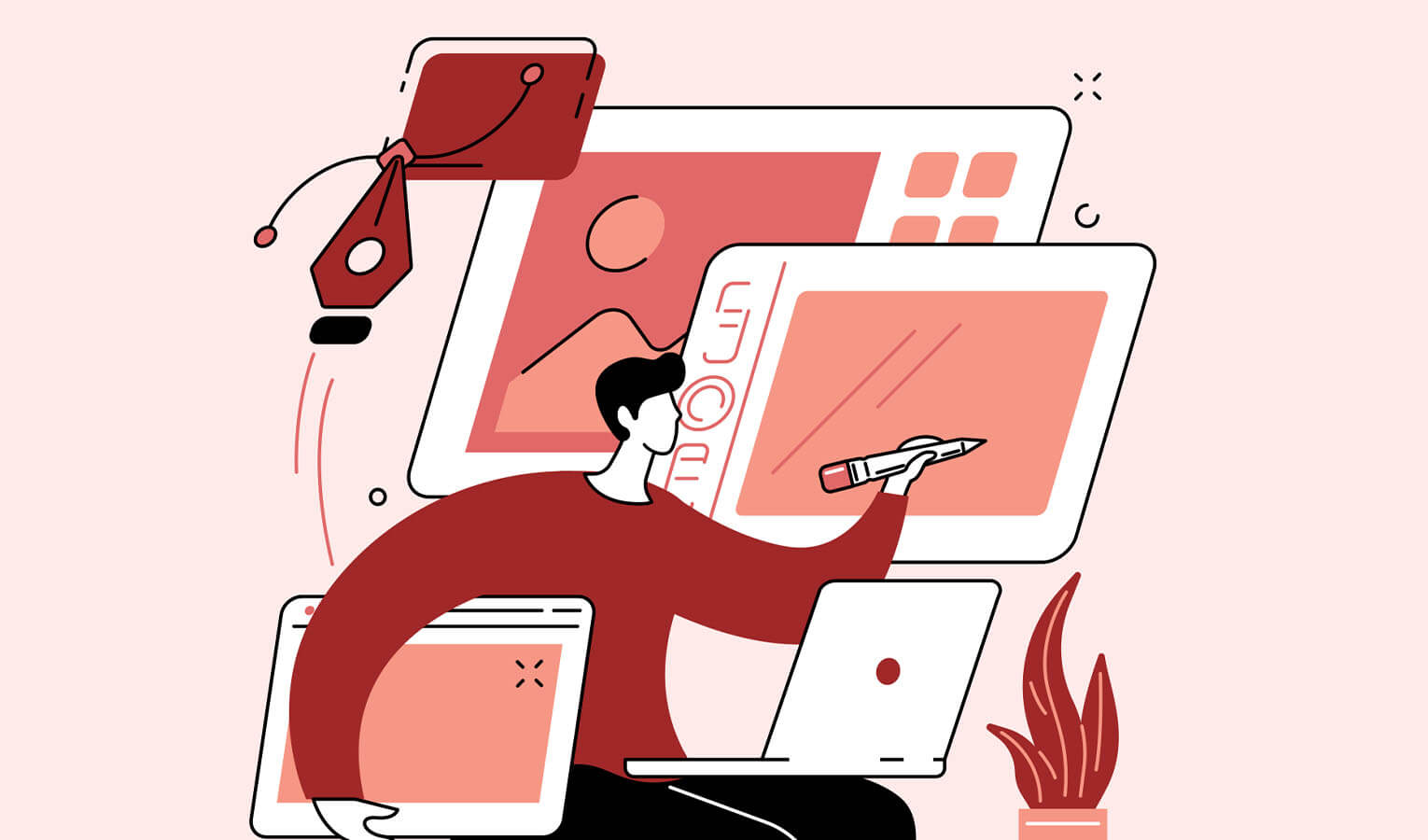Whether it's creating a logo design that stands up in an increasingly over-saturated marketplace, or mastering the art of working from home, the last 20 years have seen a lot of change in the design world – bringing with it a new set of challenges.

But what are the biggest challenges facing the creative industries over the next 20 years, and how should designers tackle them? Here are some of the questions, and answers:
1. Working within fast turnarounds
Communication is constantly speeding up and we are becoming more and more connected with one another. But one of the consequences is that designers are expected to give more immediate answers, and likewise design solutions. There needs to be new ways to work within accelerated turnarounds. There needs to be time for research, reflection and investigation to create even better work in terms of design and creatives.
2. Balancing thinking with doing
One big misconception is that designers often feel that they should be constantly doing and delivering output after output. This comes from the fact that people glorify the bold actions and the fast decisions, but all of this obscures the more subtle part of effective designers, which is all of the thinking that had to happen to ensure they were doing the right things. Balancing “thinking” and “doing” is no easy task, but simply knowing that balance is what we should strive for allows us to avoid the trap of glorifying “thinking” or “doing” on their own. Through balance we drive better outcomes.
3. Adapting to technological change
With so many advancements in technology, the role of a graphic designer is very different today. Technological advances have made our jobs much faster and certain things far easier. There have been changes like different screen sizes and the availability of new devices (tablets and smartphones), and now even the challenge of how to adapt a clients’ work to ensure it is optimised across all devices, providing maximum reach to their audience.
Designers need to anticipate technological change, adapt to it, master it, excel and then be open to new influences, all in a very short time.
4. Staying true to design fundamentals
In an ever-evolving commercial and social landscape, designers must remain true to the core conceptual ideas while keeping up with technology and customer engagement. Designers need to be brave enough to try different approaches, flexible enough to adapt swiftly, but always appreciate the importance of doing the job well. The recent success of many freelancers that keep these values as their core philosophy shows that there always will be a need for these fundamentals for success.
5. Staying hungry for other design disciplines
Creatives need to ensure they stay hungry for other design disciplines. Even if their final product is purely digital, they need to cultivate a sense of wonder about other disciplines, from sculptural, natural and man-made forms to product design, interiors and exteriors, audioscapes and lighting effects. Design experiences of the future will touch many of these in a connected world.

If you’re looking out to start on your freelancer journey, why not check out Rtist? We have one of the biggest creative talent communities in Malaysia that matches you with your clients. Check us out now!
